Regardless of the learning environment, advocacy is an essential component of educating students with learning differences. Dyslexic students and their parents often need to understand and express their unique educational requirements to ensure they get the best support. And although advocacy is important, it is not always easy! Parents of students with learning differences may feel intimidated or uncomfortable when advocating for their child, but they are setting an excellent example for all children to be vocal about what they need to succeed in and out of the classroom. Read below to learn more about advocating for a dyslexic student through online and in-person learning.
All posts tagged: Distance Learning
Reading Remediation Strategies for Distance Learning
Distance learning has its share of challenges on its own, but educators who provide reading remediation for students online face additional obstacles. When providing remediation for any subject, teachers often rely on physical strategies to keep kids engaged. But when the opportunity for physical interaction is taken away, educators must find new methods to get students interested and provide essential remediation. Read below to learn about successful strategies used to provide reading remediation in a primarily distanced learning world.
Learning From Home with an IEP
For better or worse, the school year is beginning online for many students across the country in response to the continued coronavirus pandemic. And while some students may be able to adjust to online learning easily, others, particularly those with learning differences, may have more trouble. Learning from home will provide unique challenges for individuals who work with individualized education plans (IEPs), but there are some steps parents, teachers, and students can take to be prepared for this new school year. ReadSource is proud to provide guidance to parents and students with IEPs to encourage successful online learning.
Tips to Inspire Summer Reading in Dyslexic Students
It’s summer and that means it’s time for family vacations, backyard barbecues, and for many students, a break from school. But even if students aren’t in the classroom, there are plenty of ways to encourage young learners to keep up their skills, especially when it comes to reading. Many students may view summer reading as a chore, but children can lose valuable language skills over the summer if they don’t practice reading over the break. For all students and especially dyslexic students, it is essential to continue reading over the summer and developing the reading skills they practice during the school year. Here are some tips that can help inspire summer reading in dyslexic students.
Tips to Support Reading Comprehension at Home
Parents and teachers have enough to worry about in these turbulent times. For parents of dyslexic students, it can feel like your child is losing valuable time to master reading skills, like reading comprehension. Remember, however, that children are also adjusting to these unfamiliar circumstances and may need more time to understand new subjects. Parents and teachers can help children master reading comprehension skills at home by managing their expectations and following these tips.
4 Unique Strengths Dyslexic Students Bring to Distance Learning
Dyslexia can indeed present learning challenges that may make it harder for dyslexic students to master reading and language skills, but many dyslexic students also have certain strengths that help them thrive in this unprecedented environment of distance learning. Teachers and parents who recognize these assets can encourage dyslexic students to translate these skills back into the classroom in the future. Read below to learn more about some of the unique strengths dyslexic students can bring to distance learning.
How to Make Distance Learning Work for Teachers and Students
For many educators, teaching through a computer screen is not what they imagined when they entered this profession. However, the circumstances surrounding the coronavirus pandemic have forced teachers across the world to implement distance learning strategies that, for many, will be in place for the remainder of the school year. Transitioning to distance learning is certainly a challenge for all educators, but teachers who work with dyslexic students may find this time especially difficult. Countless teaching strategies for dyslexia emphasize the importance of multisensory, individualized learning, which may seem impossible to implement without being in the classroom. We understand. ReadSource is here for educators who are navigating this unfamiliar territory and trying to make distance learning work for themselves and their students.













